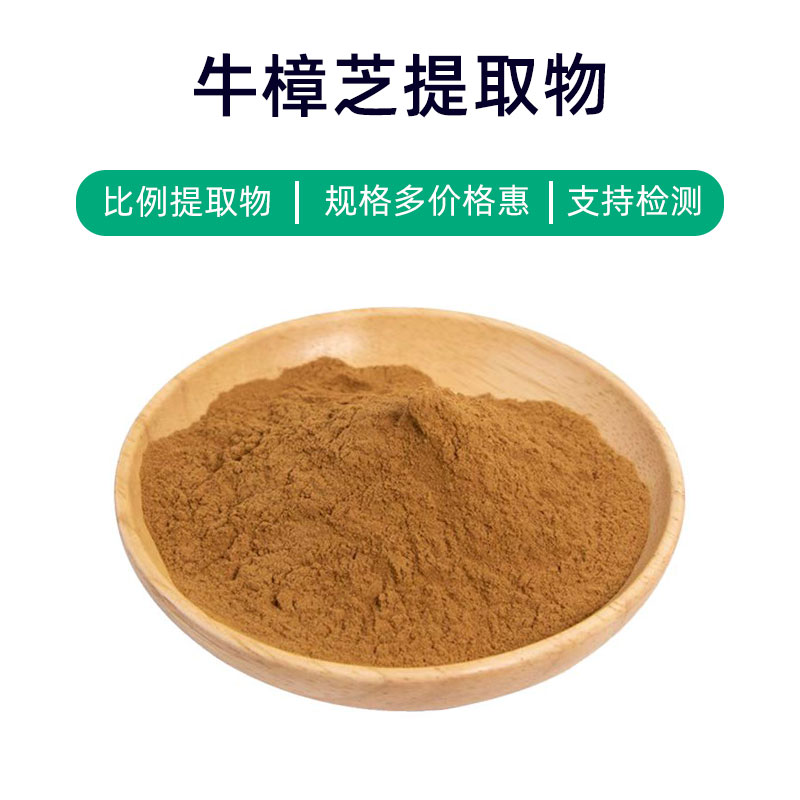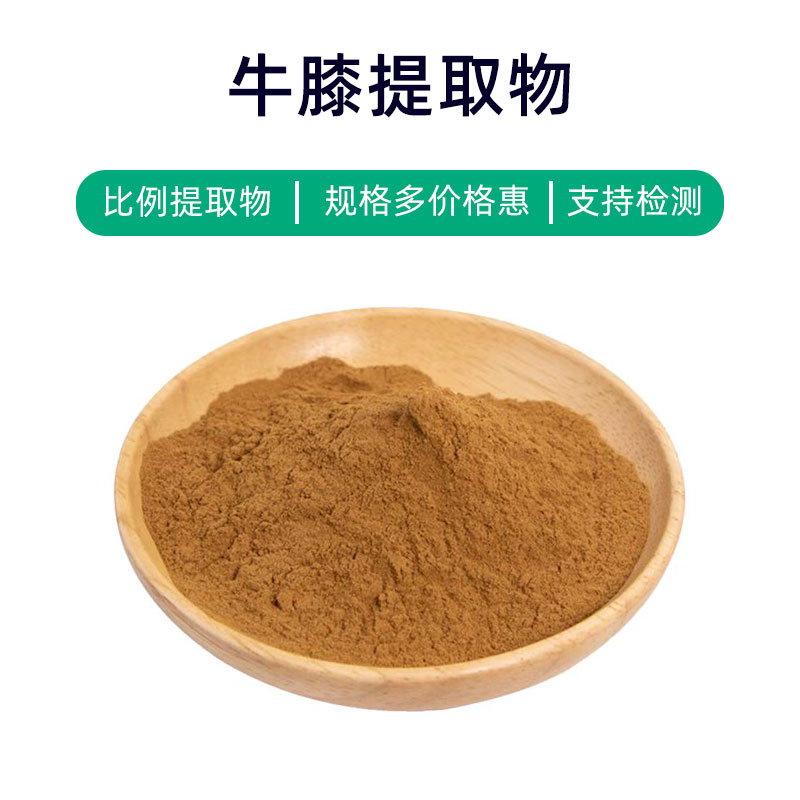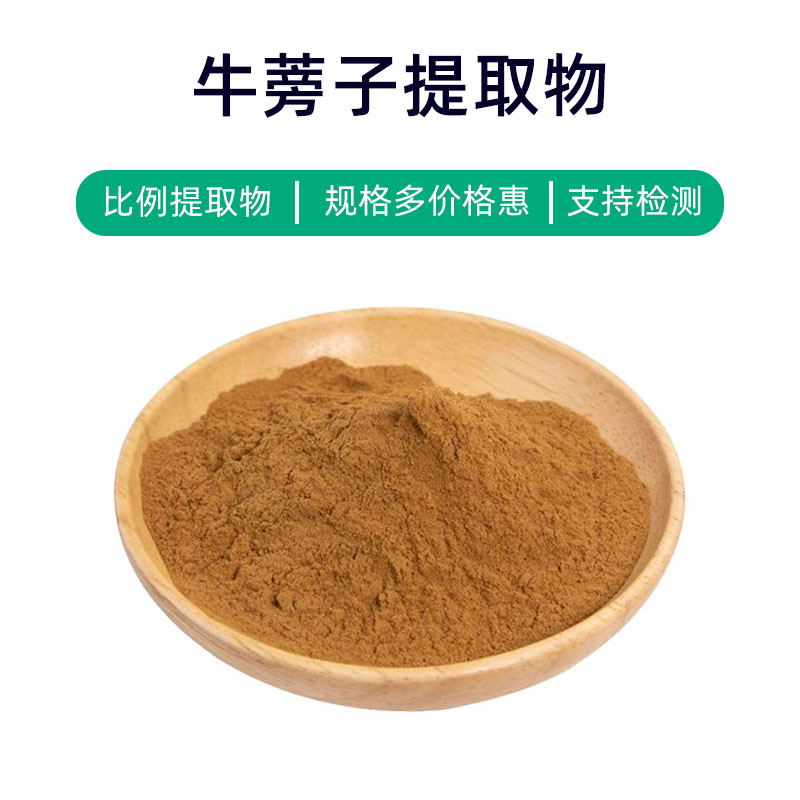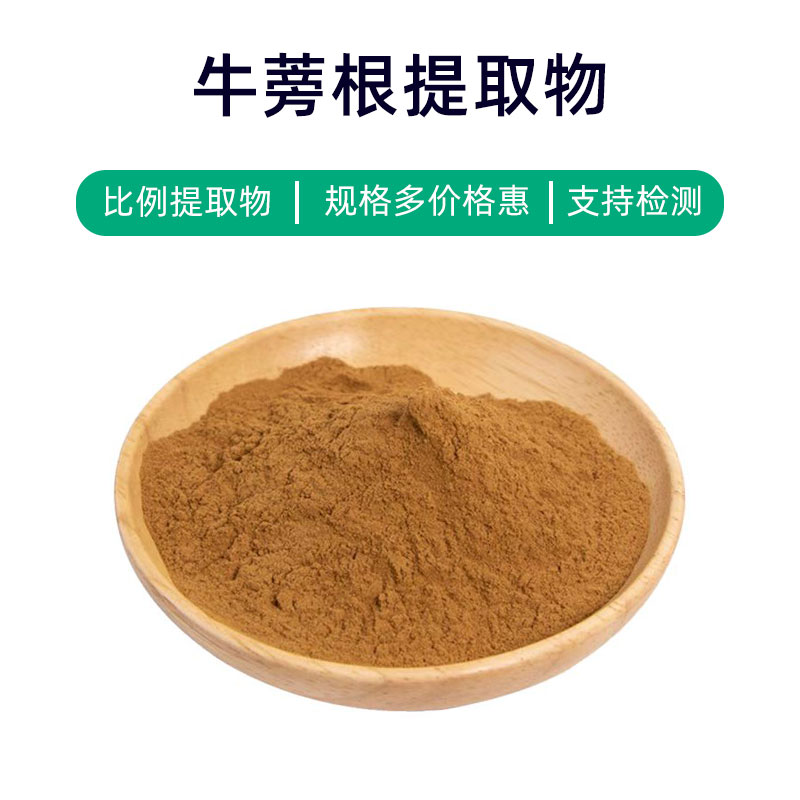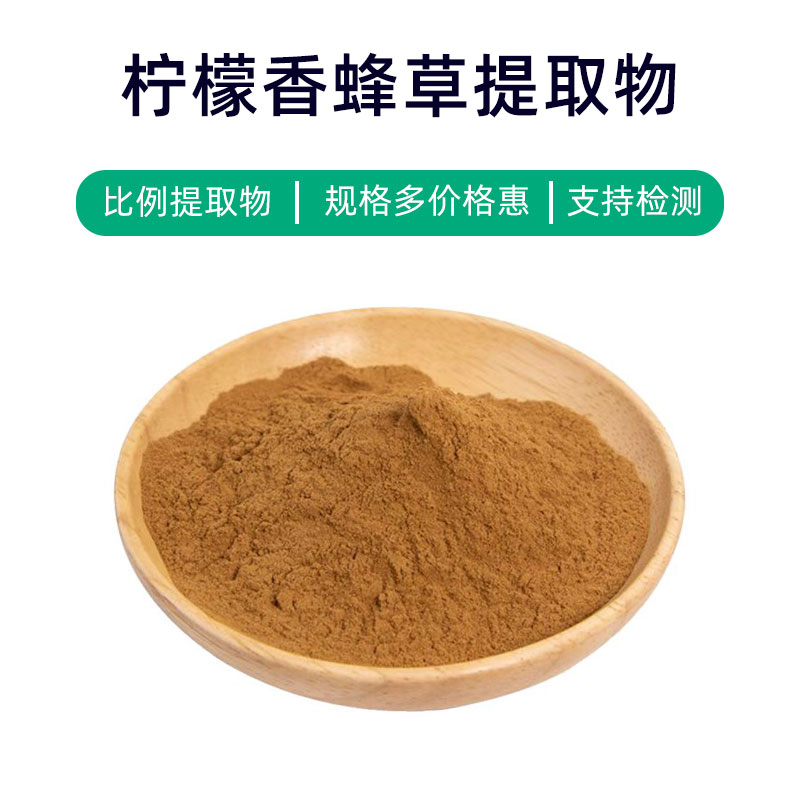Deer Blood Extract Product Introduction
Deer blood extract is a nutrient-rich product derived from the blood of wild or farmed deer. Its main components include hemoglobin, proteins, amino acids, and minerals. Due to its unique composition and effects, deer blood extract is widely used in the medical and health sectors. Its benefits primarily include replenishing blood, regulating qi and blood, and enhancing physical strength. As a natural nutritional supplement, it can be used to prepare various health products and medications. In medicine, it is commonly used as a remedy for anemia and hemorrhagic shock, aiding in recovery and overall health. Additionally, in the food industry, deer blood extract is used as a natural color enhancer and nutritional fortifier in beverages, health supplements, and nutritional products to improve their nutritional value and functionality. Overall, deer blood extract is a valuable natural resource with abundant nutritional components and multiple benefits, widely used in medicine, food, and health products to effectively support and safeguard people's health.
Deer Blood Extract Production Process
The production process of deer blood extract includes the following main steps:
- Blood Collection: Initially, blood is collected from wild or farmed deer using sterile techniques, employing methods like puncturing to obtain blood samples.
- Filtration and Purification: The collected blood samples undergo filtration to remove impurities and foreign materials, ensuring product purity and quality.
- Plasma Separation: After filtration, the blood samples are centrifuged to separate plasma from red blood cells, obtaining pure plasma.
- Active Ingredient Extraction: Suitable methods like ultrafiltration and alcohol precipitation are used to extract active components from the plasma, mainly hemoglobin, proteins, and amino acids.
- Concentration and Drying: The extracted blood components are concentrated using techniques such as membrane separation and spray drying, resulting in a powder or concentrated liquid.
- Quality Inspection: The concentrated product undergoes quality checks, including testing for ingredient content, purity, and microbial indicators, ensuring compliance with relevant standards.
- Packaging: The qualified deer blood extract is packaged via automated production lines, typically in sealed packaging to prevent oxidation and contamination.
- Storage: Finally, the packaged deer blood extract is stored in a dry, cool environment, avoiding direct sunlight and high temperatures to extend its shelf life and stability.
The above summarizes the production process for deer blood extract, where each step must be strictly controlled to ensure product quality and safety.
Deer Blood Extract Efficacy and Side Effects
Deer blood extract is a natural nutrient with multiple benefits, primarily sourced from the blood of wild or farmed deer. Its key benefits and effects include:
- Blood Replenishment: Rich in hemoglobin and iron, deer blood extract effectively supplements these components in the body, helping to prevent and treat anemia and improve the oxygen transport capacity of the blood, thereby increasing the body's resistance to fatigue.
- Qi and Blood Regulation: The active components in deer blood extract can enhance blood circulation, regulate qi and blood, and improve microcirculation, aiding in issues like pale complexion and fatigue, while strengthening physical resilience.
- Immune Boosting: Containing various amino acids and immune regulators, deer blood extract can enhance immune function, improving resistance to illnesses like colds and flu.
- Anti-Fatigue: The proteins and amino acids in deer blood extract provide energy, help recover from fatigue, increase stamina and endurance, and improve the body's adaptability.
- Antioxidant Properties: Rich in natural antioxidants like thiamine and vitamin C, deer blood extract can eliminate free radicals, slow down aging, protect cells, and maintain health.
As a natural nutritional supplement, deer blood extract generally has good safety; however, users should be aware of the following points:
- Individual Variations: Since individual responses to deer blood extract may vary, some people might experience allergic reactions or discomfort, so careful dosage is advisable before use.
- Contraindicated Groups: Pregnant women, breastfeeding women, infants, and individuals with special medical conditions like renal insufficiency or hypertension should consult a physician before using deer blood extract.
- Safety Precautions: It’s important to choose products from reputable sources to avoid low-quality products that could harm health.
In summary, deer blood extract serves as a natural nutritional supplement with diverse benefits, effectively replenishing nutrients, boosting immunity, and improving physical strength, but users should consider individual differences and safety issues, following medical advice.
Deer Blood Extract Application Scenarios and Dosage
Deer blood extract has extensive applications in medicine, food, and cosmetics. The main application scenarios and recommended dosages are as follows:
- Medical Applications:
- Blood Supplement: Deer blood extract is commonly used as a natural remedy for anemia, blood loss diseases, and recovery periods post-surgery. Dosage: Generally taken orally, with dosages adjusted based on individual circumstances and medical advice, typically recommended at 10-20 ml per adult per dose, with appropriate reductions for children.
- Immune Enhancement: The rich immune-active components in deer blood extract can improve the body's immunity and prevent respiratory infections like colds and flu. Dosage: Commonly taken orally, 10-20 ml daily for adults, adjusted for children similarly.
- Food Applications:
- Health Products: Deer blood extract is often added to health products to improve physical strength, bolster immunity, and delay aging. Dosage: Usually taken orally, following product instructions, typically 10-20 ml daily for adults, with adjustments for children.
- Functional Foods: Used as an additive in some functional foods, such as blood-nourishing drinks and immune-regulating health products. Dosage: Follow recommendations in product instructions.
- Cosmetic Applications:
- Beauty and Skin Care: The active components in deer blood extract, which provide moisturizing, antioxidant, and anti-aging benefits, are often included in skin care products to enhance skin quality and reduce wrinkles. Dosage: Typically used as an ingredient in skincare products, according to product instructions.
- Hair Products: Deer blood extract is also used in hair care products to nourish hair and improve scalp health. Dosage: Generally used as an ingredient in shampoos, conditioners, etc., following product usage instructions.
Overall, deer blood extract, as a natural nutrient, is widely used in medicine, food, and cosmetics. Users should adhere to the suggested dosages provided in product instructions for optimal effectiveness.
Deer Blood Extract Source Plant Introduction, Distribution, and Growing Environment
The source plant for deer blood extract is the elk (scientific name: Cervus elaphus), also known as red deer, a large herbivorous animal belonging to the deer family. Here’s a detailed description of the elk's introduction, distribution, and growing environment:
- Plant Introduction:
The elk is a large mammal with a significant size, characterized by branched antlers in males, displaying a majestic appearance. Their fur is primarily reddish-brown with occasional gray spots. Elk are elegant in form and agile, popular among wildlife enthusiasts. - Distribution:
Elk are mainly found in the temperate and subtropical regions of the Northern Hemisphere, including Europe, Asia, and North America. In Europe, their range includes Northern, Central, and Eastern Europe; in Asia, they are predominantly found in Siberia, Northeast China, Mongolia, and Japan; in North America, they are located primarily in Canada and the northern regions of the United States. - Growing Environment:
Elk typically inhabit mountainous forests, coniferous forests, grasslands, and wetlands. They prefer dense woodland or open grassland areas that offer abundant food resources and sufficient cover for survival and reproduction.
Elk are social animals, often living in small or large herds, especially during the breeding season. They primarily feed on grasses, leaves, tender branches, and shrubs, typical of herbivorous animals. Elk are most active during the early morning and evening, resting or foraging during the day.
Elk have high survival requirements, needing ample food and water sources, as well as adequate cover to evade predators. Their habitats usually include rich vegetation and favorable climate conditions, such as mild weather and moist environments.
In summary, as the source plant for deer blood extract, elk are predominantly distributed across temperate and subtropical regions of the Northern Hemisphere, favoring habitats in mountainous forests, grasslands, and wetlands, with a primarily herbivorous diet and high ecological adaptability.
Deer Blood Extract Processing and Storage
The processing of deer blood extract involves steps such as blood collection, blood separation, extraction, and purification. Initially, a sterile technique is utilized to obtain blood samples from appropriate areas of the elk's body. The blood is then centrifuged to separate plasma from blood cells. Subsequently, a series of extraction and purification processes—such as ultrafiltration, gel filtration, and ion exchange—are employed to extract effective components from deer blood. Finally, the extracted product undergoes drying and milling to obtain the final deer blood extract.
Regarding storage, deer blood extract should be kept in a dry, cool, and well-ventilated area, avoiding direct sunlight and high temperatures. To prevent moisture and contamination, it is best to store the product in a sealed container or aluminum foil bag. Additionally, care should be taken to avoid contact with toxic or odorous substances to ensure the quality and stability of the product.
Monica Sun is a seasoned expert in the plant extraction industry with over a decade of experience in research and production. She specializes in the extraction and purification of plant active ingredients, focusing on driving innovation in natural product applications. Monica has participated in the development of multiple functional plant extracts, delivering high-value natural raw material solutions for the health food, pharmaceutical, and dietary supplement sectors.









